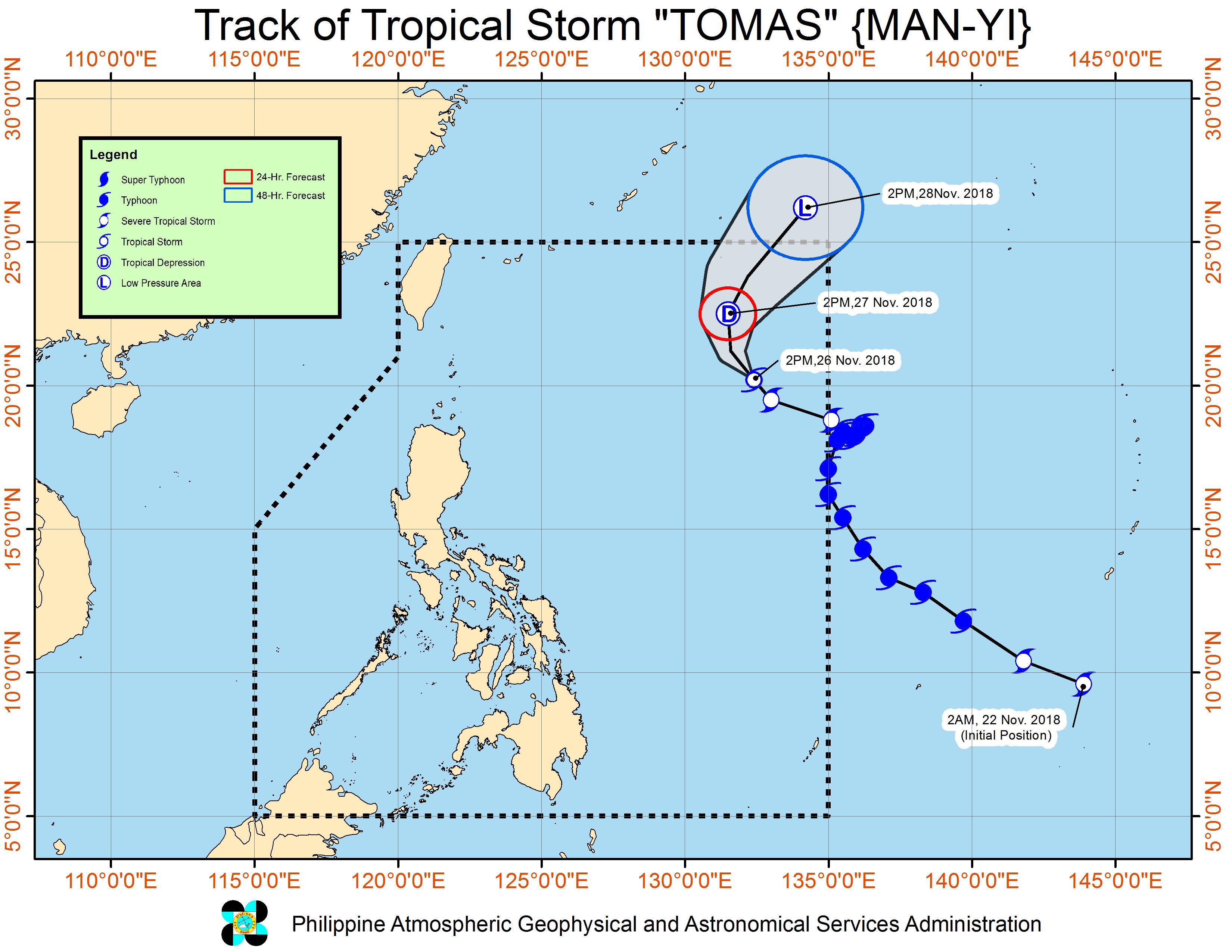
So, Thomas set to work carrying molten slag out of the building and to a pit. Thomas said he needed to head back home, but Hurricane and Frankie convinced him to stay they stated that since they helped him, he should help them in return. The following morning, Hurricane shunted Thomas out of his shed and stated that he delivered Thomas' trucks to Bridlington overnight. This made Thomas feel excited about being there, and they even got him to agree to stay. They began singing about how exciting the Steelworks is and how right it was for Thomas to stay there. Hurricane told Thomas to just leave them in a siding, as they would look after them, and he and Frankie brought Thomas inside the Steelworks. Upon hearing that the trucks Thomas arrived with are those of his friend James, Hurricane responded that along with being clever, he was very cheeky. Thomas arrived at the Steelworks, looking for Bridlington Goods Yard to deliver his trucks, and he met Hurricane. Unfortunately, the workload soon became too much for just the two of them. The high acts as a wall that Tomas can’t break through, so it circles the high’s perimeter.Hurricane works alongside Frankie at the Steelworks on the Mainland, with Hurricane using his strength to provide extra muscle. That trough stretches a long distance from southwest of Tomas near 13 North and 78 West, west to Costa Rica and into the eastern Pacific Ocean.Ī low- to mid-level ridge of high pressure (an elongated area of high pressure) is sitting over the western central Atlantic Ocean today is steering Tomas to the north-northwest and then north as it moves around the edge of the high. Computer models indicate that those showers are associated with a monsoon trough, or an elongated area of low pressure. Satellite imagery shows that scattered showers and thunderstorms that are associated with Tropical Storm Tomas are in the area between 15 and 19 degrees North and 67 to 79 West, covering a large area.ĪIRS infrared satellite imagery showed a second area of showers and thunderstorms with strong convection, located to the southwest of Tomas. Tropical Storm Tomas continues to track north-northwest toward the Windward Passage and eastern Hispaniola. In addition to the heavy rainfall, storm surges between 1 to 3 feet above normal tide levels can be expected in the warning area in areas of onshore flow. The Turks and Caicos Islands and the Bahamas could see 3 to 6 inches.” These rains could cause life-threatening flashfloods or mudslides. NHC stated that “Haiti and the Dominican Republic can expect 5 to 10 inches of rain, locally up to 15 inches. is expecting very heavy rainfall amounts with Tomas. The National Hurricane Center (NHC) in Miami, Fla. Hurricane warnings are now in effect for Haiti, southeastern Bahamas and the Turks and Caicos Islands. Tropical storm warnings are also in effect for the south coast of the Dominican Republic from the Haiti border east to Barahona, and in Cuba, for the provinces of Guantanamo, Santiago de Cuba and Holguin. Tropical Storm conditions are expected within 24 to 36 hours of the warning area. EDT this morning within Tomas to 997 millibars.Ī tropical storm warning is in effect for Jamaica as Tomas nears. When air pressure falls a tropical cyclone is intensifying, and hurricane hunter aircraft detected a drop in atmospheric pressure at 8:30 a.m. It was moving north-northwest near 6 mph, and had a minimum central pressure of 998 millibars.Īnother indication of strengthening is falling atmospheric pressure. Tomas was located about 150 miles south-southeast of Kingston, Jamaica and 305 miles southwest of Port Au Prince, Haiti near 15.9 North and 76.0 West. 4 Tomas had maximum sustained winds near 50 mph, and further strengthening is expected as wind shear remains light and sea surface temperatures remain warm.

EDT) by the Atmospheric Infrared Sounder (AIRS) instrument that flies aboard NASA’s Aqua satellite.Īt 8 a.m. The infrared imagery was captured on Nov. The colder the cloud tops, the higher and stronger the thunderstorms are that power the tropical cyclone. Tomas showed strong convective activity in his center as indicated by high thunderstorms that were as cold as -63 degrees Fahrenheit. Infrared imagery helps scientists detect cold top temperatures within a tropical cyclone, and Tomas’ cloud tops have grown colder over the last 24 hours.

NASA’s infrared satellite imagery has confirmed that Tomas is intensifying as convection is strengthening and cloud tops within the system are getting colder.


 0 kommentar(er)
0 kommentar(er)
